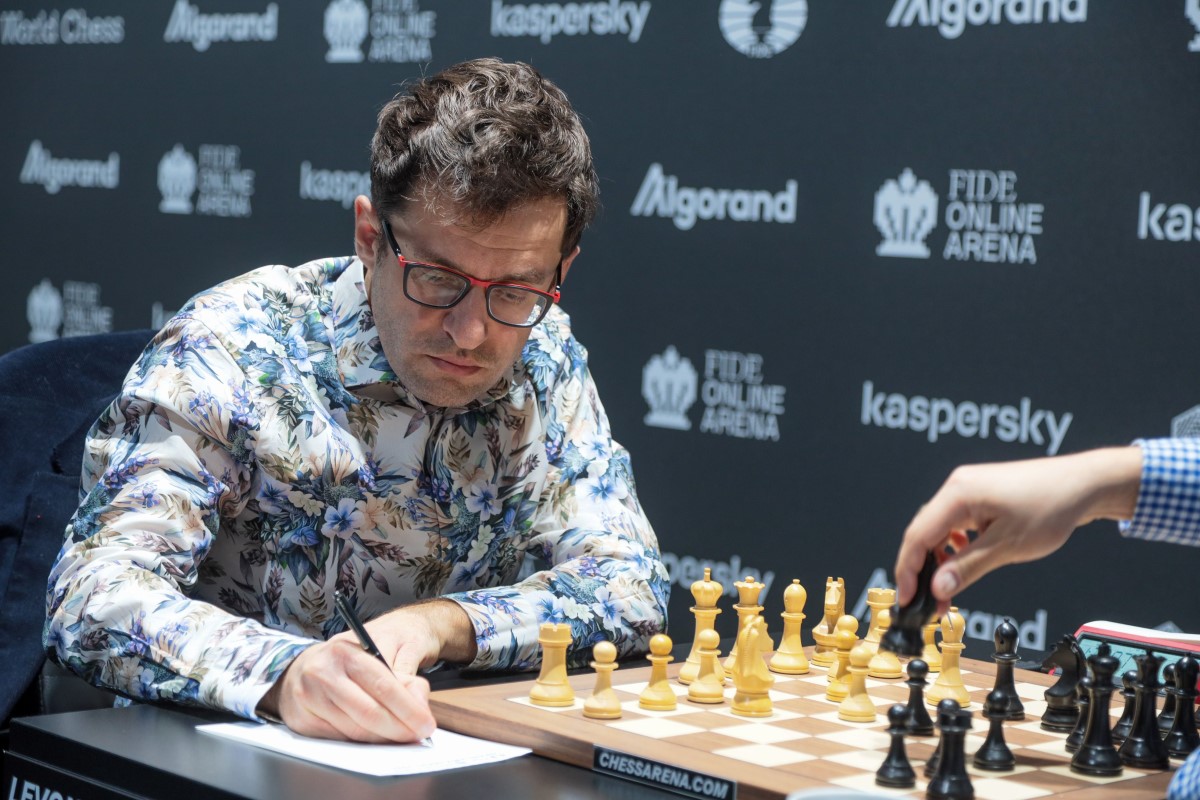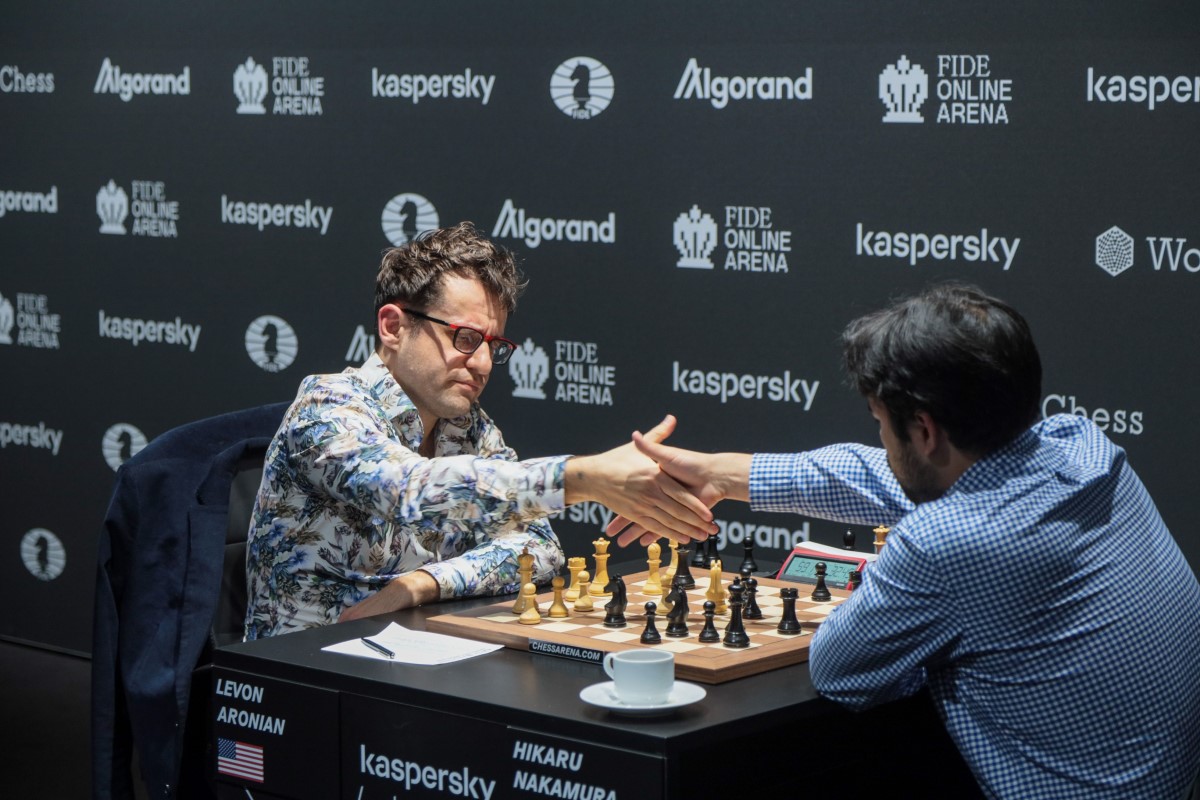


It has been twelve days of entertaining chess in Berlin. The new format has been a success in terms of audience engagement, and we are one day away from knowing who will be the winner of the series’ first leg. Either Hikaru Nakamura or Levon Aronian will take home a first prize of 24,000 Euros and 13 GP points.
At this point, we can only agree with ‘parselmouth’, who noted in the comments section of our broadcast article:
So there are three legs to this tournament and only two players will advance to the Candidates? And it’s possible that not even one of these titans will advance?
Indeed, both finalists have shown a remarkable playing level during these two weeks. If they perform as strongly in a potential participation at the Candidates, it is likely that either of them will be fighting for first place. For the time being, though, they will try to win the first leg tomorrow, and then they will keep a close eye on what goes on in Belgrade in the second stage (the pools for the tournament starting March 1 have been published already).

Game 2 saw the contenders blitzing out their first 11 moves out of an Italian. At that point, they slowed down a bit, but continued playing in Giuoco Piano style. Finally, Nakamura deviated from theory on move 15, after spending a whole half hour considering his continuation.
Instead of the natural-looking — and generally desirable — 15...d5, Nakamura went for 15...Qc7. Predictably, Aronian did not take long to open the centre with 16.d4.
In the ensuing skirmish, Black traded his light-squared bishop for one of White’s knights, and a critical position was reached on move 21.
The b2-pawn is undefended, and Aronian chose not to protect it, as he quickly went for 22.Nd2 here. As he later told Michael Rahal, Aronian had calculated that grabbing the pawn was not good for Black.
Before the capture, Aronian thought that he had a comfortably superior position, while Nakamura thought he was “either completely fine or losing”. The 5-time US champion spent 14 minutes deciding on whether to grab the pawn or not, and finally opted for the capture.
What Aronian had missed is that after 22...Qxb2, to harass the queen with 23.Rb1 Qxc3 24.Rxb3 is not good for White due to 24...Qd4, attacking d2 and f2.
White is worse in all lines here — after any simplification, Black’s extra pawns on the queenside will be decisive.
None of this was seen in the game, though, as Aronian played 23.Nc4 after the capture. There followed 23...Qxc3 24.Nb6 Rab8 25.Nd5 Qb2 26.Rb1, and a draw by triple repetition was agreed soon after.
Black cannot escape the rook ‘checks’ without seriously damaging his position.
Aronian later regretted not having played 22.Ra2 to prevent his opponent’s capture on b2, as he did have the better position in the early middlegame. The recently naturalized player from Yerevan will have the black pieces in Thursday’s first tiebreak encounter.